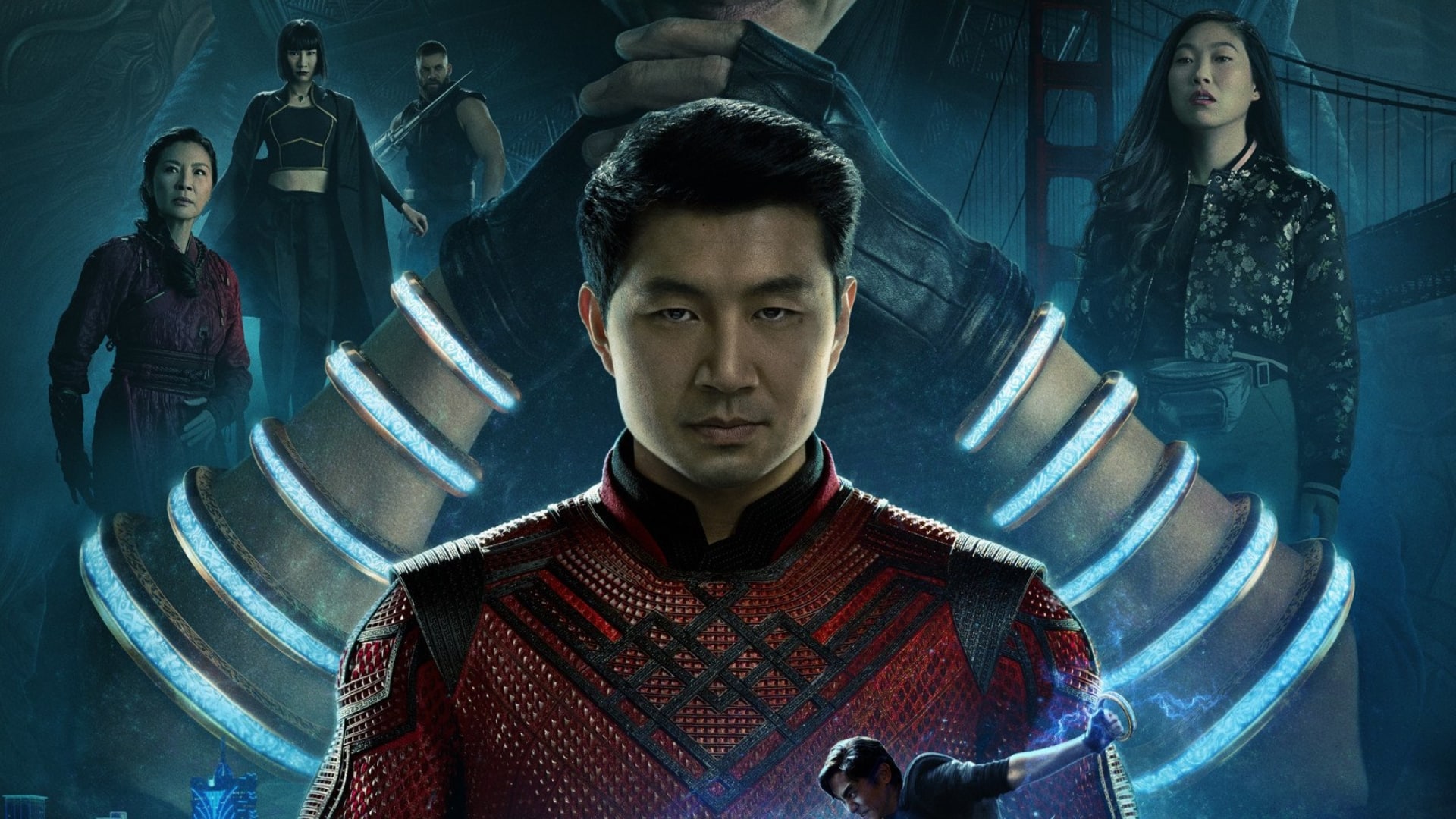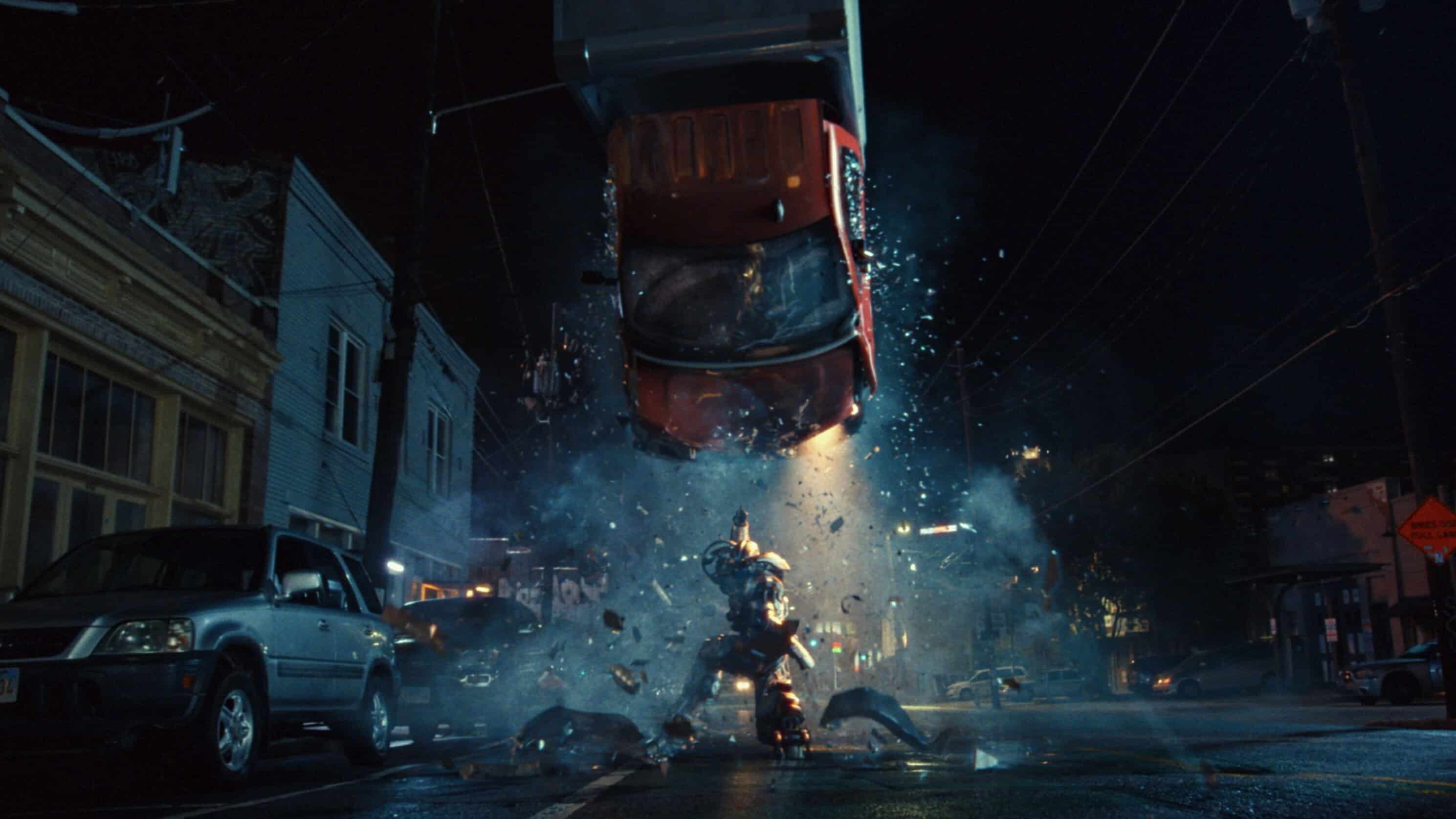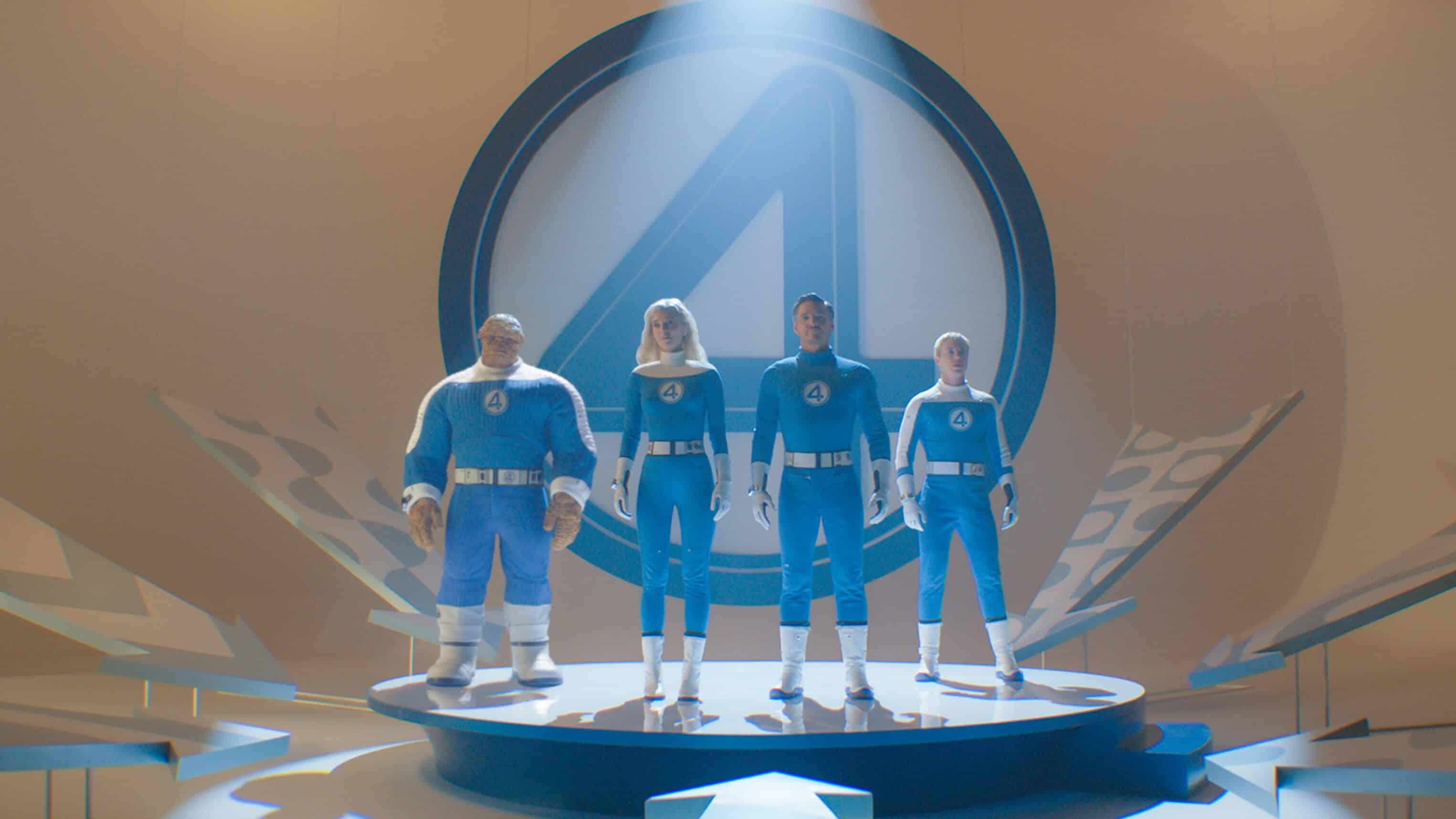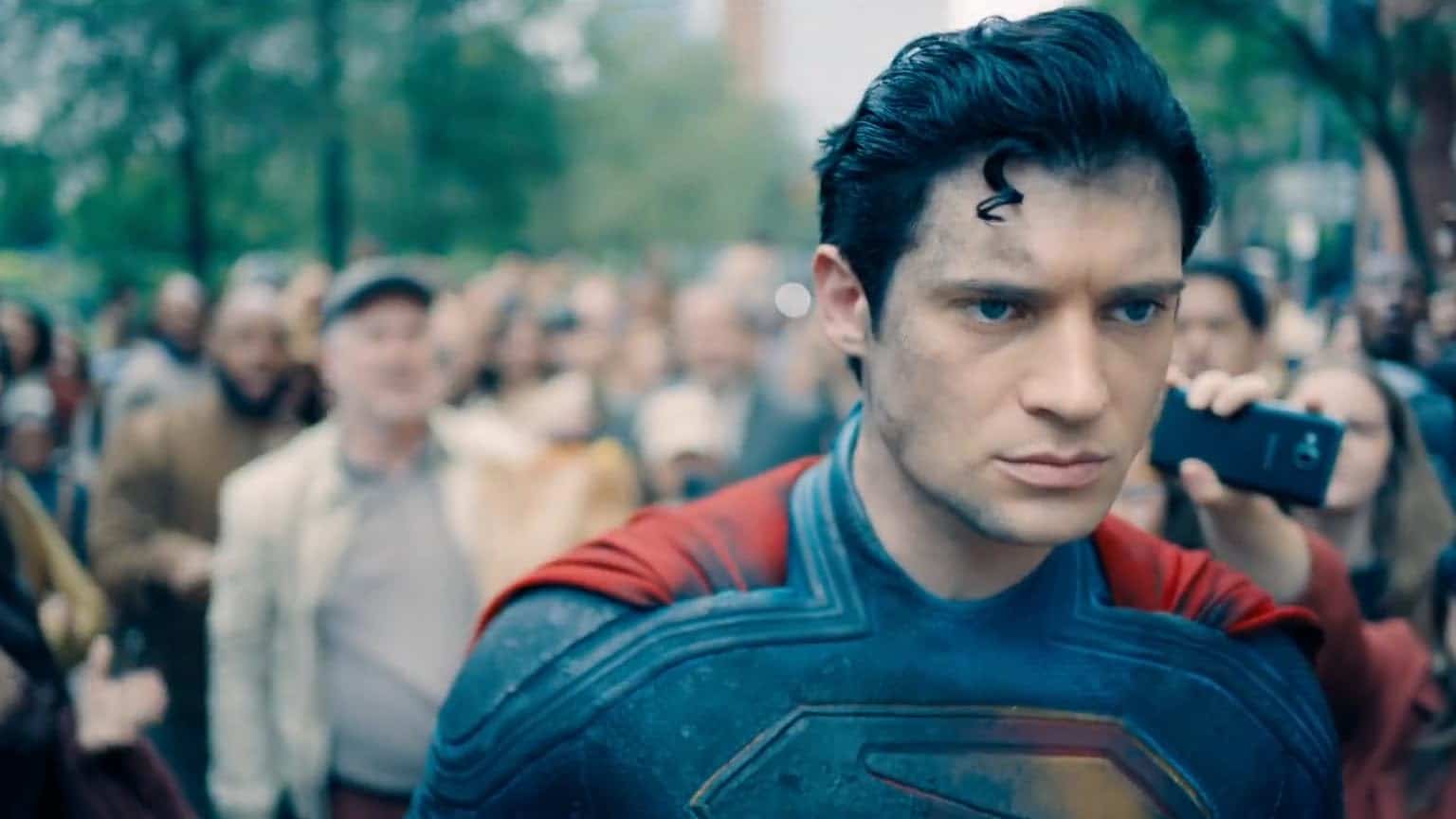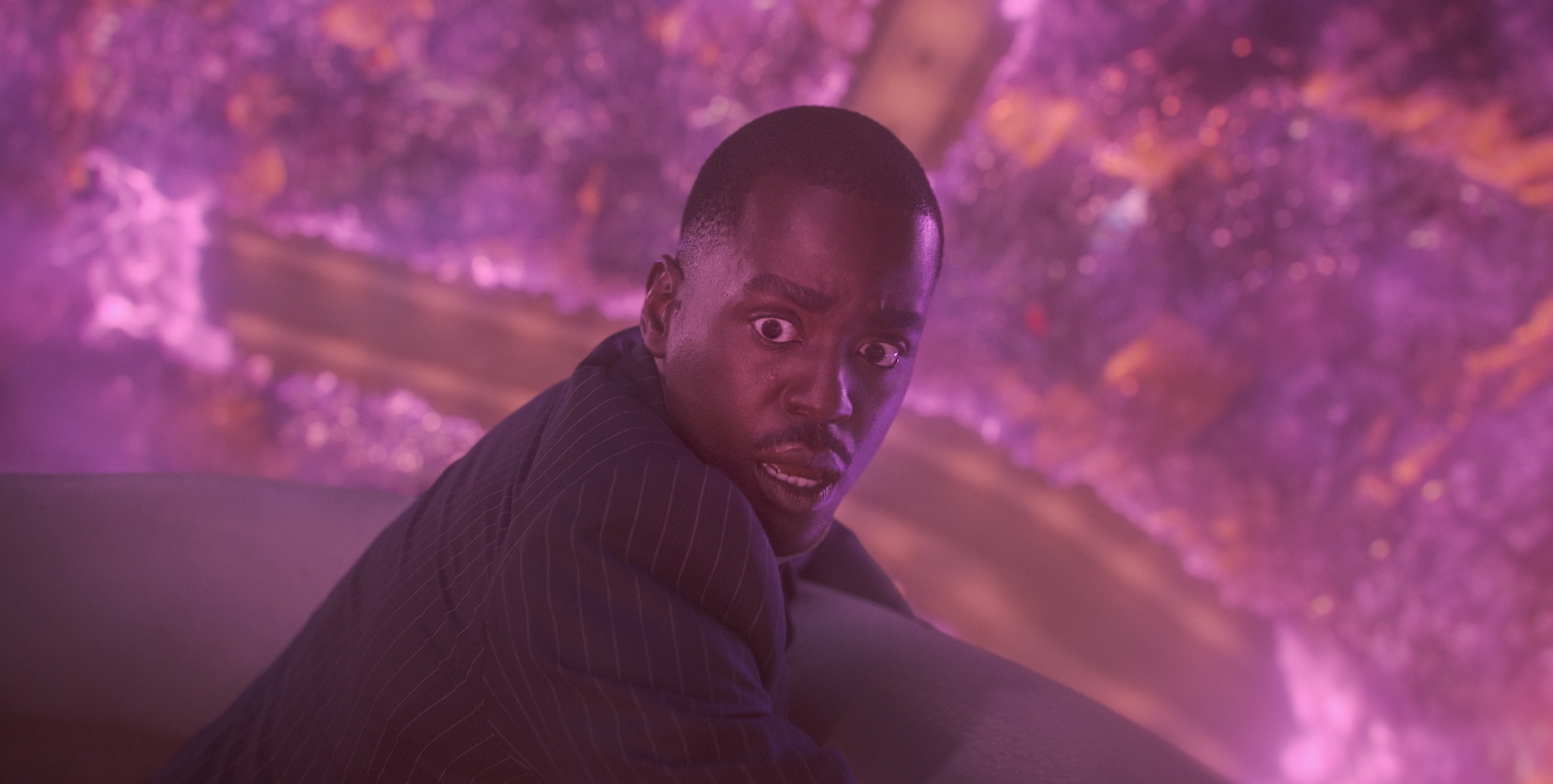The newest would-be star of the Marvel Cinematic Universe is Shang-Chi, the title character in the film Shang-Chi and the Legend of the Ten Rings. As Marvel characters go, however, Shang-Chi is relatively obscure, which may leave some would-be audience members wondering what, exactly, his whole deal is, and why he’s getting a movie now. Well, look no further, theoretical audience member, because here is the skinny on Marvel’s newest budding movie star and Master of Kung-Fu!
Who the heck is Shang-Chi?
Created by Steve Englehart and Jim Starlin while first appearing in 1973’s Special Marvel Edition #15, Shang-Chi became the main character in Marvel Comics’ Master of Kung-Fu series. As the title suggests, Shang-Chi was a master of kung-fu, considered at various times in Marvel’s publishing history the greatest martial artist in the Marvel Universe. Never shy about hitting the hottest fads and milking whatever money they could out of them (see: the Disco Dazzler), Master of Kung-Fu was an attempt by Marvel to cash in on a craze for kung-fu and martial arts in the 70s. Inspired by the rise of Bruce Lee, the TV series Kung-Fu, and the song “Everybody Was Kung-Fu Fighting” (see also: Marvel’s Iron Fist, a similar attempt to milk that sweet, sweet kung-fu craze for cash).

The hook of Shang-Chi is that he is the son of the crime lord Fu Manchu, raised from birth to be the ultimate assassin for his father, whom he believes to be a benevolent figure. Upon learning that his father is actually a nefarious crime lord, he rebels and teams up with assorted supporting characters, including agents from the British MI-6 intelligence agency, to take down Fu Manchu. The serieswas a hit for Marvel and generated significant acclaim for the work done by writer Doug Moench, especially when paired with artists Paul Gulacy, Mike Zeck, and Gene Day, who picked up the mantle after Englehart and Starlin.
Wait, did you say Fu Manchu? Like, the mustache guy?
Yes, Shang-Chi’s father is that Fu Manchu.

Fu Manchu is the creation of pulp novelist Sax Rohmer, who wrote a series of novels in the early twentieth century featuring the villain and various heroes who tried to stop his evil plots. In 1972, as part of that attempt mentioned above, to cash in on the Kung-Fu craze, writer Steve Englehart, a big fan of the TV show Kung-Fu, came up with the idea Shang-Chi. When he brought the concept to Roy Thomas, Marvel’s Editor-in-Chief at the time, he was told to make Shang-Chi the son of Fu Manchu.
According to CBR Senior Writer Brian Cronin, Roy Thomas heard some writers at rival DC Comics pitched Carmine Infantino on the idea of licensing and adapting Kung-Fu. The show was owned by Warner Bros., who also owned DC Comics. When Infantino declined, the writers suggested they do it before Marvel bought the license to the show themselves. Infantino replied that if Marvel did so, DC would just do Fu Manchu comics. Thomas decided to take away Infantino’s backup by getting the (much cheaper) license to Fu Manchu himself, thereby allowing Shang-Chi to function as the foil of the literary Fu Manchu (the primary antagonist of Master of Kung-Fu throughout its run).
So how come I’ve never heard of Shang-Chi before?
Before becoming the star of his feature film, there’s a couple of factors that have contributed to Shang-Chi being something of a niche character outside his 70s heyday. One is due to licensing issues. While Shang-Chi is an original character, Fu Manchu belongs to the Sax Rohmer estate. While Marvel is free to do whatever they want with Shang-Chi, once their license to Fu Manchu expired circa 1983, they couldn’t do anything with (or even directly mention) that character. As so much of Shang-Chi is tied up in his relationship to his father, it made using his character a little complicated. Additionally, Master of Kung-Fu more or less resolved Shang-Chi’s conflict with Fu Manchu by the time it ended: good for the series, bad for repeat Shang-Chi appearances.

Marvel continued to dust off Shang-Chi through the years – a Marvel Comics Presents serial here, an X-Men guest appearance there – and various writers would dance around the Fu Manchu of it all. In 2016, for example, Ed Brubaker established in Secret Avengers that “Fu Manchu” is an alias. Shang-Chi’s father’s real name is revealed as Zheng Zu. The character, however, rarely rose to his level of 70s prominence again.
The difficulty was compounded by the fact that due to the lapsed license, Marvel couldn’t reprint most of Master of Kung-Fu until they negotiated a new deal with the Rohmer estate a few years ago. The deal allowed them to reprint the comics once again (how things like the Master of Kung Fu Epic collections can now exist).
The other thing likely holding back Shang-Chi through the years? The racism.
As a product of the early 20th century, the Sax Rohmer Fu Manchu novels are very much of their time, which is to say, racist in a way that was acceptable to most (white) readers. Fu Manchu is the epitome of the “Yellow Peril” trope. This trope invokes the notion of an ancient and mystical evil operating out of the “Far East” with yellow skin, long fingers topped with claw-like nails, pointed ears, and a sprawling, twisted mustache and beard. The “Yellow Peril” of pulp novels gained new life in comic books with the onset of World War II in America. Soldiers and agents of Japan were often depicted as nearly-inhuman monsters, taking their visual cues (and amplifying them) from the earlier depictions of Fu Manchu.
Even in the 1970s, many of these tropes and stereotypes remained. For example, Fu Manchu is colored yellow in Master of Kung Fu. Shang-Chi, being Asian himself, has a light yellow and orange hue to his coloration relative to the “white” characters in the comics. While the depiction of Shang-Chi likely wasn’t intended maliciously (Shang-Chi is the hero of his story, after all), even in the 1970s, it was called out by some readers. The Master of Kung-Fu letter columns feature letters admonishing the creators for the racist coloring of certain characters. In response, the coloring is altered somewhat going forward. Still, these depictions have aged poorly and can represent a significant hurdle for new readers to embrace those old Master of Kung-Fu stories.
So what’s this “Legend of the Ten Rings” business; haven’t I heard mention of the Ten Rings before?
You have!
In the first Iron Man movie, at the beginning of the Marvel Cinematic Universe, Tony Stark is kidnapped by terrorists working as part of the “Ten Rings” organization. The organization is a nod to the Mandarin, Iron Man’s longtime comic book nemesis who wields a set of ten alien rings. Each ring has a different ability (one shoots energy blasts, another generates freezing, etc.). Reportedly, early drafts of the script include Mandarin as the central villain, but director Jon Favreau decided to go in another direction. The “Ten Rings” references stand as remnants of those earlier drafts. Cut to 2021 when, based on the title and the trailers, the new Shang-Chi movie appears to be positioning Shang-Chi’s cinematic father as the head of that organization and the wielder of some type of powerful magical or alien rings.

But wasn’t the Mandarin in Iron Man 3?
He was!
As you likely recall, he is portrayed by the white British actor Sir Ben Kingsley. In the film, Kingsley appears to be the evil mastermind behind the Ten Rings organization and the director of the attacks against Iron Man. It turns out it was a ruse played by an actor at the behest of the movie’s real villain, Guy Pearce’s, Aldrich Killian.
Why not just have the Mandarin be more like his comic book counterpart? The Mandarin, who first appeared in 1964’s Tales of Suspense #50, is very much a spiritual descendant of Fu Manchu. He is deeply informed by the same kinds of “Yellow Peril” stereotypes, especially in his earliest appearance, sporting similar facial hair and yellow pallor. He also boasts the same sort of “mysterious and ancient evil striking from a mysterious and unknowable land” vibes. Like Fu Manchu, many Mandarin stories haven’t aged well, giving the creators of the MCU incentive to put a different spin on the character rather than make a straightforward adaptation.

Reapportioning the “power rings” aspect of the Mandarin to Shang-Chi’s cinematic father appears to be an attempt to handle both the Fu Manchu and Mandarin character complications by grafting a defining, less-dated and less-racist, element of the Mandarin to another villain. In doing so, an antagonist is created for Shang-Chi that is both free of the licensing issues and (hopefully) the racist stereotypes.
Why is Shang-Chi starring in a movie now?
Marvel did reacquire the rights to reprint Master of Kung-Fu recently, but really, this likely boils down to the desire to diversify the MCU a bit. Shang-Chi and the Legend of the Ten Rings represent the first MCU movie headlined by an actor of Asian descent, the Chinese-Canadian actor Simu Liu. He headlines a cast of predominantly Asian actors. Following Black Panther and Captain Marvel, it marks the culmination of an effort by Marvel Studios to put characters front and center who aren’t just white men.
Marvel Studios isn’t making that diversity push out of the kindness of their hearts (and token efforts towards diversity on their own are still just that, tokens): there’s money to be made. Shang-Chi has presumably been positioned to appeal to the Chinese market, which is increasingly lucrative for all studios, including Marvel/Disney. That said, such efforts, if intentional, seemingly aren’t going very well. That Marvel Studios had to dust off a character whose heyday came in the 1970s—whose existence is due to a licensing deal involving decades-old, racially insensitive, pulp novels—speaks to a dearth of Asian comic book characters to base cinematic adaptations. Liu has also understandably taken Disney – specifically CEO Bob Chapek – to task recently for comments made to investors about the film being an “experiment”. However, Chapek referenced the film’s pandemic-influenced distribution model rather than its status as a film starring an Asian lead.

Marvel Studios has a track record for making audiences care about characters who may not be well-known comic book characters. For example, the release of Black Panther was a resounding success. The reaction to the film propelled the character’s comic book counterpart to a level of fame it rarely had before the film. Similarly, Captain Marvel helped cement that character’s rise as Marvel Comics’ top female superhero. The Guardians of the Galaxy were a third-tier superhero team (at best) before their movies, and now they’re getting a ride at Epcot Center. Even Iron Man, the film that started it all, featured in the lead role a character who was, at the time, relatively unknown compared to the likes of Spider-Man, Hulk, and the X-Men. It could very well be that Shang-Chi is the next comic book character to step out of relative obscurity and dazzle movie-going audiences.
Special thanks to Zach Rabiroff for his assistance with this article. Shang-Chi and the Legend of the Ten Rings opens in theaters on September 3rd.
Austin Gorton also reviews older issues of X-Men at the Real Gentlemen of Leisure website, co-hosts the A Very Special episode podcast, and likes Star Wars. He lives outside Minneapolis, where sometimes, it is not cold. Follow him @austingorton.bsky.social.

